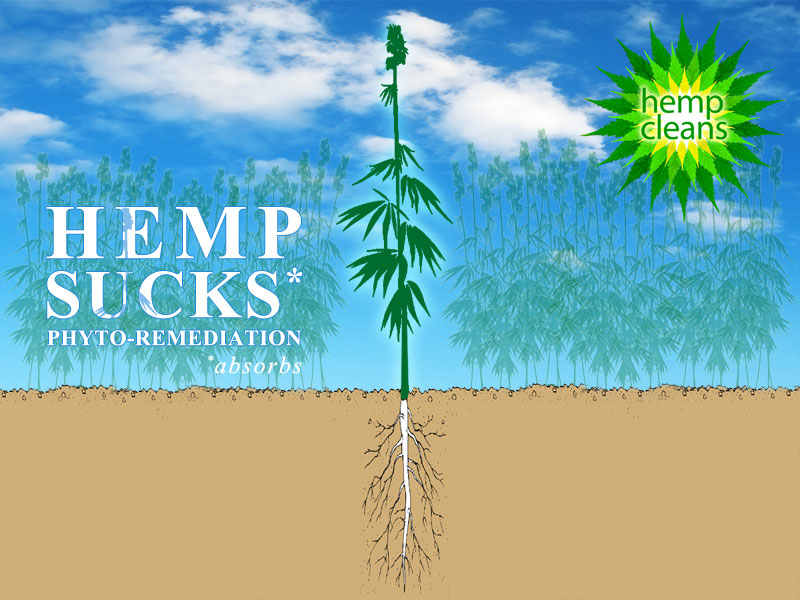Wildfires have been a natural factor in our wilderness as well as manmade ones, yet the damage to soils results in landslides, erosion, hydrophobicity (where soil repels water), and flooding in our natural and urban environments. After a fire, it is critical to take immediate action to minimize damage. Ideally, it would be mitigated. Naturally grown ground cover and seeding of plants are the most effective methods of erosion control.
“Clay Dumplings” (AKA: Seed balls, seed bombs)
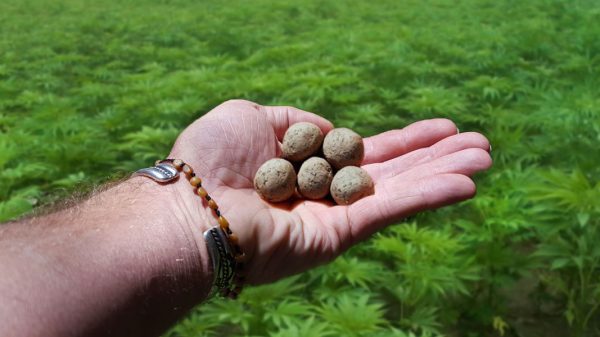
Seeds balls are an ancient technique for propagating plants from seeds without opening up the soil with cultivation tools such as a plow.
The mixture of the “clay dumplings” is pretty basic: seeds are combined with clay (preferably red volcanic clays) and organic material like compost, worm casting or well-decomposed manure. A portion of fibers such as hemp shives, paper mash, finely cut straw, cotton or wool can also be added to give the seed balls greater tensile strength.
They are spread by hand, tossed from airplanes, and motorized vehicles. They are especially useful where shallow soils/exposed bedrock, steep slopes, woodlands, and general rockiness make the use of seed-drills and rippers impossible.
Hemp bale dike
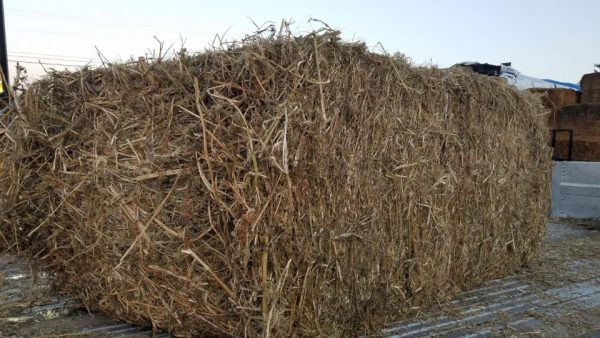
Using physical barriers as a temporary barrier of hemp for intercepting sediment-laden runoff.
Activated hemp carbon & biochar

Fine hemp charcoal particles treated to increase the water-retentive properties of soil and can make sandy soil behave like clay, and with oxygen added it increases the porosity. The small pores increase the surface area available for adsorption and chemical reactions.
Hemp hurds
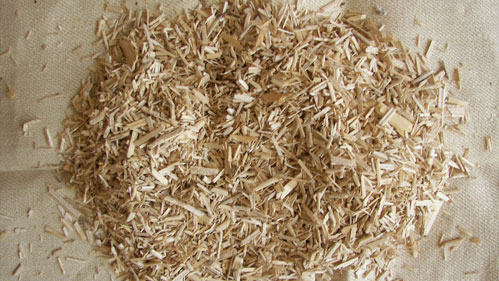
Hemp hurds have a high hydrophility due to the highly porous structure of hemp and its strong capillarity effects inside the tubes, hemp is able to absorb large amounts of water (up to five times its own weight) resulting in high moisture sorption sensitivity of the biomaterial, they also show a good transpirability. (Stevulova et. al., 2014)
Water intake occurs in two steps, by using nuclear magnetic resonance (NMR) measurements we can see a fast one taking place in less than two minutes, akin to water entering the pith, and a slower one which takes place over a few days, akin to water diffusing into the woody part of the shives/hurd.
Treated Hurd
Water absorbability of hemp hurds has been enhanced after treatment. These are private experiments and proprietary techniques.
The most significant increase in hydrophilicity of hemp hurds were found in hemp hurds modified by NaOH, sodium hydroxide (AKA: lye or caustic soda).
Filter strip
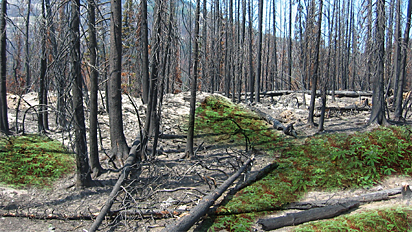
At the outlet of drainage structures, maintaining a filter strip of hemp plants at the base of a slope retains sediment on site. Cannabis Sativa L. should be planted in strategic areas to establish a vegetative barrier utilizing the strong root system of the plant. Loose hemp fibers should be placed on top of the soil to help plants establish a root base.
Dust Barriers & Stabilization
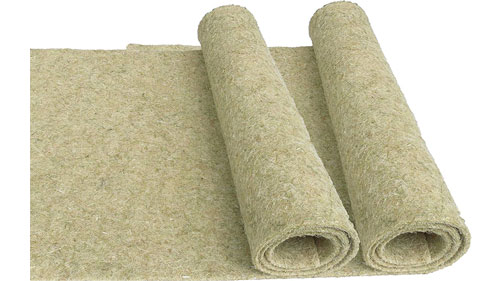
Hemp geotextiles may be used for dust control and stabilization. Also, establishing hemp vegetation on highly erodible or disturbed areas by sowing hemp clones/sprouts, seed, and mulching with hemp shives/hurd. After a fire, the uptake of nutrients and water is slowed in the degraded soils through the combined effects of lower soil moisture and lower soil porosity. Root growth is also hindered by the increased density of the soil. The Cannabis Sativa L. plant has a very strong root system and is tolerant of drought conditions, making it an ideal tool as a post-wildfire remediation plant.
Once an area has been seeded, it should be covered with hemp shives/hurd for protection from sun and rain. Hemp geotextiles such as mulch/mats must be anchored to prevent wind or water from moving them.
Hemp Socks
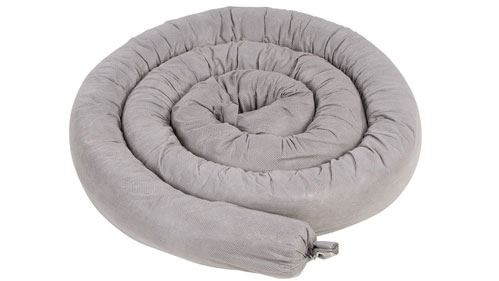
Universal absorbent socks filled with hemp hurd can be used. This is used when the erosion is in the form of sheet or rill erosion.
Soil Wetting Surfactants
Soil wetting agents are not created equal. Some are based on petroleum derivatives and alcohol, making them unsuited to organic gardens. Others contain only naturally occurring substances that readily biodegrade and cause no ill effects to the soil or plants. Polysaccharides (natural humectants that can suck moisture from the air), soil surfactants (which aid in moisture penetration) and soil conditioners (including fulvic acid and seaweed extract). Agar is a naturally occurring gelling agent derived from various seaweeds and algae. It is benign, but they’re a short term fix only.
Humus achieves this by virtue of a sponge-like structure. It opens up clay soil, increasing aeration and allowing excess moisture to drain away. But like a sponge, it is able to soak up and hold water to a capacity of 100 times its own weight, gradually releasing moisture to plants as required. Above all, humus creates the ideal habitat for micro-organisms. If you’re going to solve soil hydrophobia, these little critters are what you need to encourage.


